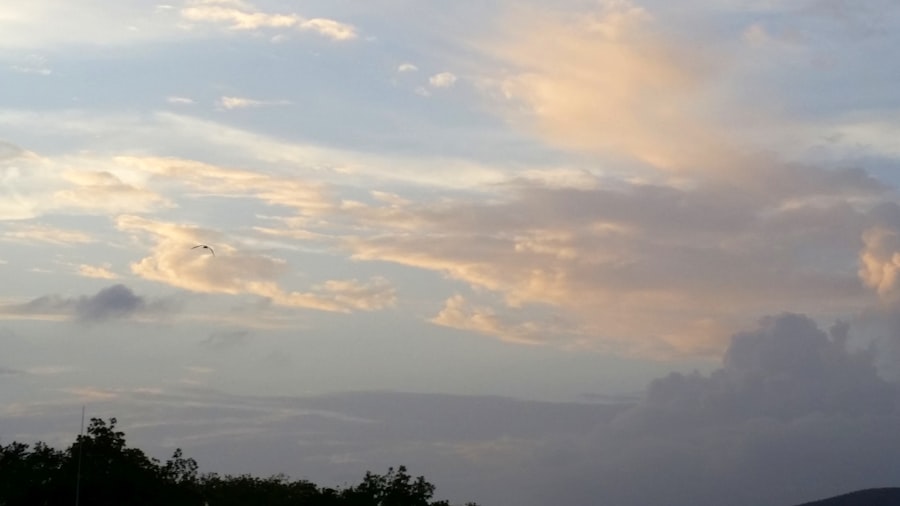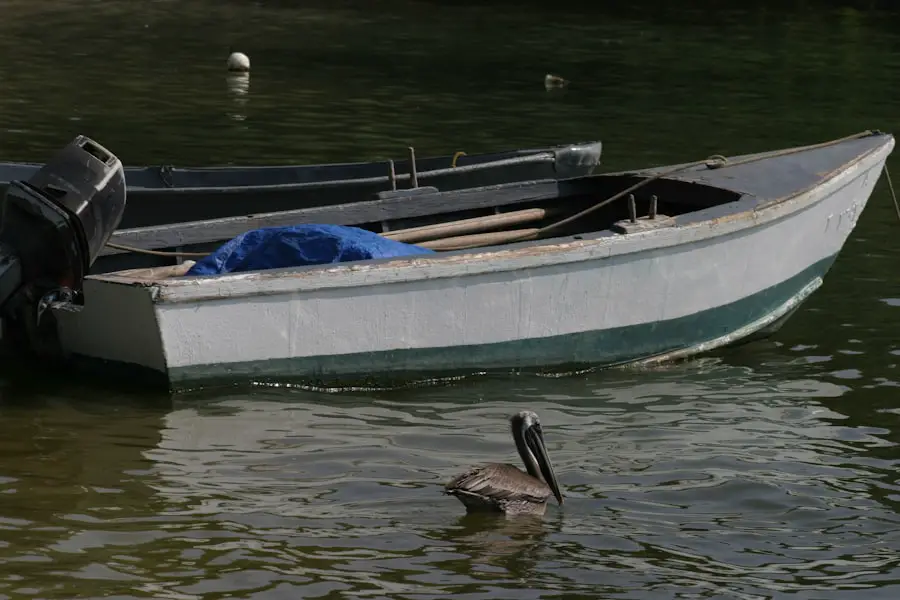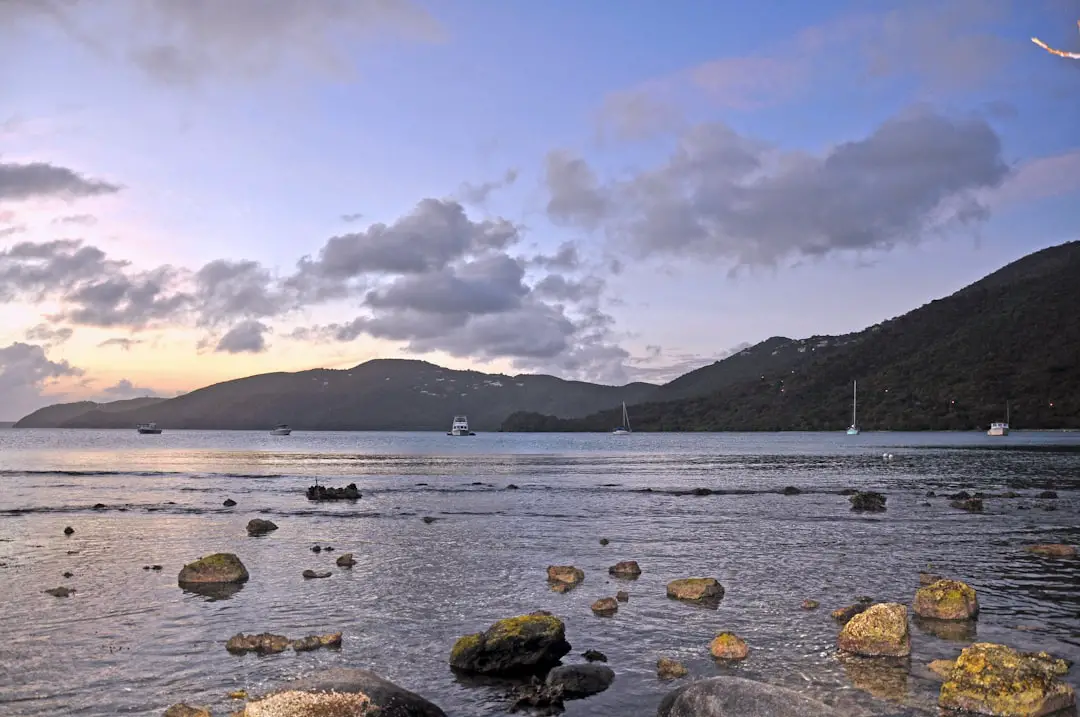Maui, the second-largest island in the Hawaiian archipelago, is often referred to as “The Valley Isle” due to its unique geography characterized by lush valleys and volcanic landscapes. This island is a treasure trove of natural beauty, featuring stunning beaches, cascading waterfalls, and the majestic Haleakalā National Park, home to the world’s largest dormant volcano. The island’s diverse ecosystems range from arid deserts to tropical rainforests, making it a paradise for nature lovers and adventure seekers alike.
With a rich cultural heritage influenced by native Hawaiian traditions, Maui offers visitors a chance to immerse themselves in the local way of life, from traditional luaus to hula performances. Maui’s climate is generally warm and inviting, with temperatures averaging between 70°F and 85°F year-round. However, the island experiences distinct seasonal variations that can significantly impact the types of activities available and the overall experience for travelers.
Understanding these seasonal changes is crucial for planning a visit that aligns with personal interests, whether it be whale watching in winter or surfing in fall. Each season brings its own unique charm and opportunities, making Maui a year-round destination for those seeking adventure, relaxation, or cultural enrichment.
Key Takeaways
- Maui is a popular Hawaiian island known for its stunning beaches, diverse landscapes, and rich culture.
- Winter is the best time for whale watching in Maui, with humpback whales migrating to the warm waters from December to April.
- Spring is ideal for hiking and outdoor activities in Maui, with pleasant weather and blooming flora.
- Summer is the peak tourist season in Maui, perfect for beach lovers and water activities.
- Fall is great for surfing and water sports in Maui, with consistent swells and fewer crowds.
Winter: Best Time for Whale Watching
Winter in Maui, particularly from December through April, marks the peak season for humpback whale watching. During these months, thousands of humpback whales migrate from the frigid waters of Alaska to the warm, shallow waters surrounding Maui to breed and give birth. The sight of these magnificent creatures breaching the surface or slapping their tails is a breathtaking experience that draws visitors from around the globe.
The waters off the coast of Lahaina are particularly renowned for whale watching, with numerous tour operators offering boat excursions that provide close encounters with these gentle giants. In addition to whale watching, winter in Maui offers a unique opportunity to experience the island’s vibrant cultural events. The annual Maui Whale Festival celebrates the return of these majestic mammals with a series of activities, including parades, educational programs, and community events focused on marine conservation.
Visitors can also enjoy cooler temperatures and fewer crowds during this season, making it an ideal time for those who prefer a more tranquil experience while exploring the island’s natural wonders.
Spring: Ideal for Hiking and Outdoor Activities

As winter transitions into spring, Maui transforms into a lush paradise bursting with vibrant colors and fragrant blooms. The spring months of March through May are perfect for outdoor enthusiasts looking to explore the island’s extensive network of hiking trails. One of the most popular hikes is the Pipiwai Trail in Haleakalā National Park, which leads adventurers through bamboo forests and culminates at the stunning Waimoku Falls.
The trail offers breathtaking views and a chance to witness the island’s diverse flora and fauna in full bloom. Spring also brings favorable weather conditions for various outdoor activities beyond hiking. The ocean temperatures begin to warm up, making it an excellent time for snorkeling and diving.
Popular spots like Molokini Crater and Honolua Bay offer crystal-clear waters teeming with marine life, providing unforgettable underwater experiences. Additionally, spring is less crowded than summer, allowing visitors to enjoy these activities without the hustle and bustle often associated with peak tourist seasons.
Summer: Peak Tourist Season and Best for Beach Lovers
| Destination | Average Temperature | Number of Tourists | Popular Beaches |
|---|---|---|---|
| Hawaii | 85°F | 2 million | Waikiki Beach, Kaanapali Beach |
| Maldives | 88°F | 1.5 million | Veligandu Island Beach, Biyadhoo Island Beach |
| Barcelona | 82°F | 3.5 million | Barceloneta Beach, Bogatell Beach |
Summer is undoubtedly the peak tourist season in Maui, attracting visitors eager to soak up the sun on its pristine beaches. From June to August, families flock to the island for vacations filled with beach activities, water sports, and relaxation. The warm weather and calm ocean conditions create an ideal environment for swimming, snorkeling, and paddleboarding.
Renowned beaches such as Kaanapali Beach and Wailea Beach become bustling hubs of activity where visitors can enjoy sunbathing or partake in various water sports. However, summer also brings larger crowds and higher prices for accommodations and activities. Popular attractions may require advance reservations due to increased demand.
Despite this, summer offers unique experiences such as traditional Hawaiian luaus that showcase local cuisine and culture through music and dance. The vibrant atmosphere during this season is palpable, with numerous festivals and events celebrating Hawaiian culture taking place throughout the island.
Fall: Great for Surfing and Water Sports
As summer fades into fall, Maui experiences a shift in both weather patterns and ocean conditions that make it an excellent time for surfing enthusiasts. From September to November, the north shore of Maui begins to see larger swells, attracting surfers from around the world to iconic spots like Ho’okipa Beach and Jaws (Peahi). These locations are renowned for their challenging waves that cater to experienced surfers seeking adrenaline-pumping rides.
In addition to surfing, fall is also a fantastic time for other water sports such as windsurfing and kitesurfing.
Moreover, fall offers a more relaxed atmosphere compared to summer’s peak tourist season; visitors can enjoy shorter wait times at popular attractions and more affordable accommodation options.
The weather remains pleasant, making it an ideal time for outdoor adventures without the overwhelming crowds.
Considerations for Traveling During Peak Seasons

Traveling during peak seasons in Maui comes with its own set of considerations that can significantly impact a visitor’s experience. While summer attracts families seeking fun in the sun, it also means crowded beaches and longer wait times at restaurants and attractions.
Additionally, travelers should be prepared for higher prices on everything from flights to rental cars. Another important factor to consider is the availability of activities. Many popular tours and excursions may sell out quickly during peak seasons, necessitating early reservations.
For instance, boat tours for snorkeling or whale watching can fill up weeks in advance during their respective seasons. To mitigate some of these challenges, travelers might consider visiting less popular beaches or exploring off-the-beaten-path attractions that offer a more intimate experience with Maui’s natural beauty.
Off-Season Travel: Pros and Cons
Traveling to Maui during the off-season—typically from mid-April to mid-June and September to early December—can provide a different yet equally rewarding experience compared to peak times. One of the most significant advantages of off-season travel is the reduced crowds at popular attractions and beaches. Visitors can enjoy a more serene atmosphere while exploring iconic sites like Haleakalā National Park or the Road to Hana without feeling rushed or overwhelmed by large groups.
Additionally, off-season travel often comes with lower prices on accommodations and activities. Many hotels and resorts offer special deals or discounts during these months to attract visitors. This can make luxury stays more accessible or allow travelers to extend their vacations without breaking the bank.
However, there are some downsides to consider; certain tours or activities may have limited availability during off-peak times due to reduced demand. For example, some snorkeling tours may not operate daily or may have fewer departures than during peak seasons.
Conclusion and Final Tips for Traveling to Maui
When planning a trip to Maui, understanding the seasonal variations can greatly enhance your experience on this enchanting island. Each season offers unique opportunities tailored to different interests—whether it’s whale watching in winter or surfing in fall—allowing travelers to choose their ideal time based on personal preferences. Regardless of when you visit, immersing yourself in Maui’s rich culture and breathtaking landscapes will undoubtedly leave lasting memories.
To make the most of your trip, consider booking accommodations early if traveling during peak seasons and remain flexible with your itinerary if visiting during off-peak times. Embrace local customs by attending cultural events or trying traditional Hawaiian dishes at local eateries. Lastly, always respect the natural environment by practicing sustainable tourism—leave no trace behind as you explore this beautiful island paradise.
When planning your trip to Maui, it’s important to consider the best time to visit this beautiful Hawaiian island. According to a helpful article on taketravelinfo.com, the best time to travel to Maui is during the shoulder seasons of spring and fall. During these times, you can avoid the crowds of peak tourist season while still enjoying pleasant weather and lower prices on accommodations. Additionally, be sure to pack some odor-resistant Merino wool travel socks, as recommended in another article on taketravelinfo.com, to keep your feet comfortable and fresh during your adventures on the island.
FAQs
What is the best time to travel to Maui?
The best time to travel to Maui is during the shoulder seasons of spring (April and May) and fall (September and October). These months offer pleasant weather, fewer crowds, and lower prices compared to the peak summer and winter seasons.
What is the weather like in Maui during the best time to travel?
During the best time to travel to Maui, the weather is typically warm and sunny with temperatures ranging from the mid-70s to mid-80s Fahrenheit. There is also less chance of rain and the ocean waters are warm and inviting for swimming and water activities.
Are there any specific events or festivals during the best time to travel to Maui?
Maui hosts various events and festivals throughout the year, including the Maui Film Festival in June and the Maui Marathon in September. Additionally, the spring and fall seasons offer cultural events and local celebrations that provide a unique experience for visitors.
What are the advantages of traveling to Maui during the best time?
Traveling to Maui during the shoulder seasons offers several advantages, including lower accommodation rates, fewer crowds at popular attractions, and the opportunity to experience the island’s natural beauty and outdoor activities in a more relaxed setting.
Are there any disadvantages to traveling to Maui during the best time?
While the shoulder seasons offer many advantages, some visitors may find that certain attractions or businesses have reduced operating hours or limited availability of tours and activities compared to the peak seasons. It’s important to plan ahead and make reservations in advance.
